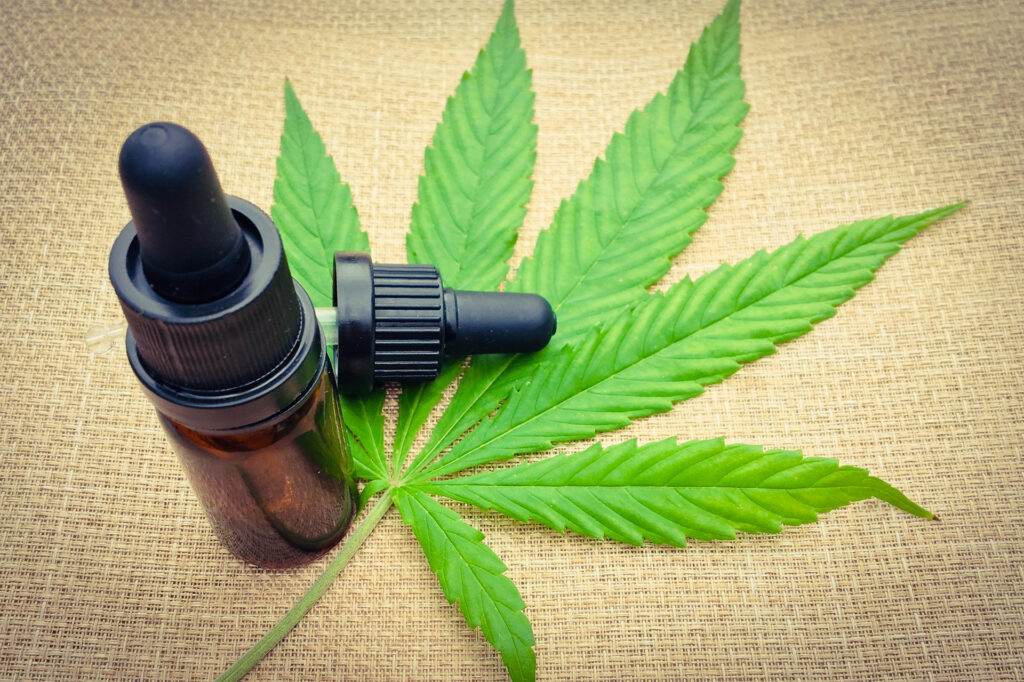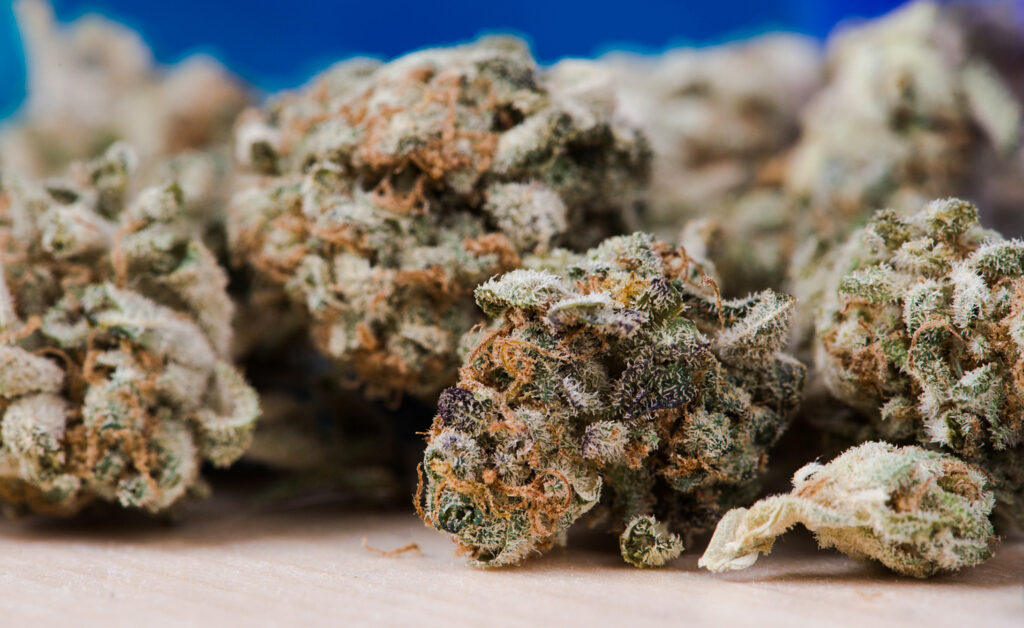Cannabis in Austria: A Growing Conversation

Despite the restrictive legal framework, cannabis culture has quietly thrived in Vienna. The city’s alternative and artistic subcultures often embrace cannabis as part of a broader lifestyle that includes holistic health, mindfulness, and countercultural values.
Cannabis and Football: A Growing Topic in Professional Sports

A key element of this debate will be the distinction between recreational use and medical use. The question of whether players can use CBD or THC products for recovery or pain relief is becoming increasingly significant.
Additionally, pressure on football governing bodies, including FIFA, will likely grow to create clear guidelines that reflect the changing reality of societal cannabis use without compromising the integrity of the sport.
Marijuana users have better outcomes following Heart Attacks

The report, published in the journal Archives of Medical Science – Atherosclerotic Diseases, examined data from the National Nationwide Inpatient Sample, a database of hospital discharge records across the United States that authors said “represents more than 97% of the US population.”
German police tell Euro 2024 fans to smoke weed rather than drink alcohol

Police in Germany have denied claims that they recommended that football fans smoke cannabis instead of drinking alcohol while visiting the country to watch the Euro 2024 football championship.
New limits for cannabis in road traffic

New limits for cannabis in road traffic in Germany. One nanogram of THC corresponds to one billionth of a gram. It’s hard to imagine, but until now it was the limit for people who consume cannabis and drive a car or motorcycle. This is to ensure that no one under the influence of cannabis takes part in road traffic and endangers themselves or others.
Germany votes for Cannabis Law

Germany’s first day of legal adult-use cannabis was on April 1, which allows adults over 18 to possess up to 25 grams of cannabis in public, or 50 grams at home. Although cannabis clubs can dispense cannabis to members, cannabis sales have not yet been implemented.
How cannabis and depression are connected

The analyses confirm that cannabis is associated with depression. However, the link between cannabis and depression does not appear to be a one-way street. On the one hand, the research team was able to prove that young people who used cannabis were more likely to suffer from depressive symptoms one year later. On the other hand, respondents with depression were more likely to turn to cannabis a year later. The connection appears to be reciprocal: cannabis and depression are mutually reinforcing.
No general increase in psychosis due to legal cannabis in the USA

If cannabis were to contribute significantly to the occurrence of psychosis, then psychoses would have to be diagnosed more frequently in regions where people smoke a lot of weed and more medication would have to be sold to treat psychoses. A research team from the USA has investigated this assumption. Study leader Holly Elser and her team analyzed the anonymized disease data of over 63 million people aged 16 and over.
Development in Cannabis as Medicine

Cannabis contains over 80 different compounds called cannabinoids, which have various effects on the human body and brain. The most well-known cannabinoids are tetrahydrocannabinol (THC), which is responsible for the psychoactive effects of cannabis, and cannabidiol (CBD), which has anti-inflammatory, anti-epileptic, and neuroprotective properties.
E-cigarettes in the USA associated with the use of other drugs

What became clear: More and more young people were regularly using e-cigarettes. While 4 percent of participants stated that they regularly smoked e-cigarettes at the start of the study, six years later this figure had risen to more than 9 percent.

